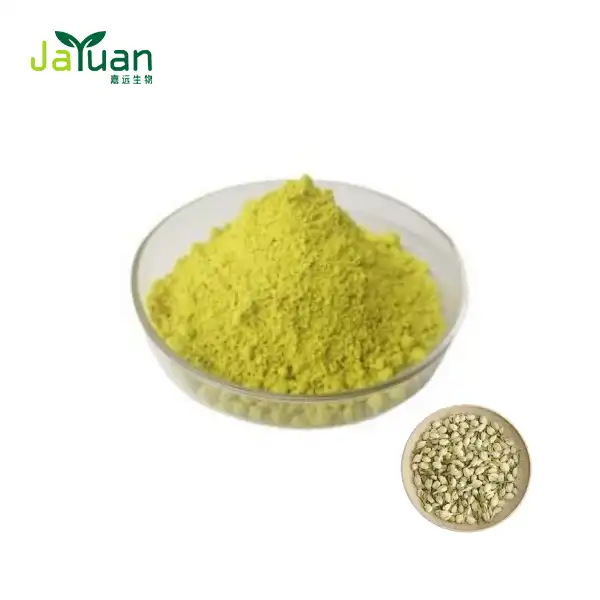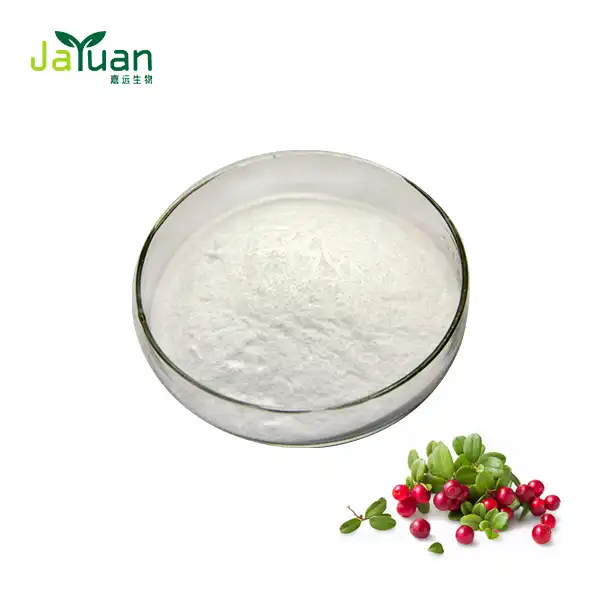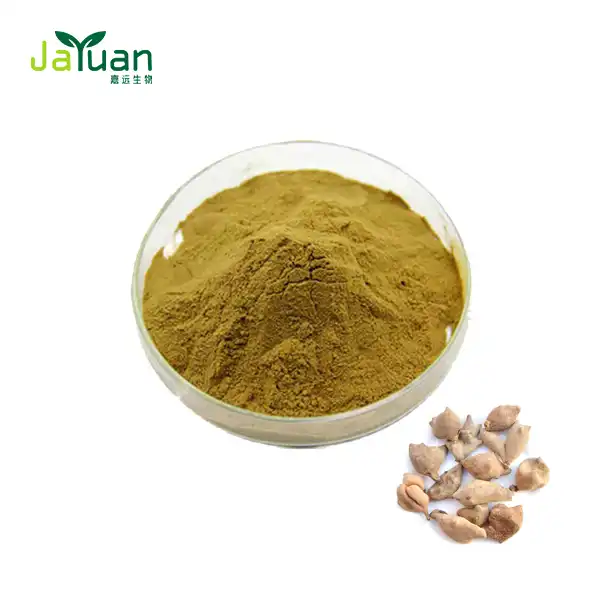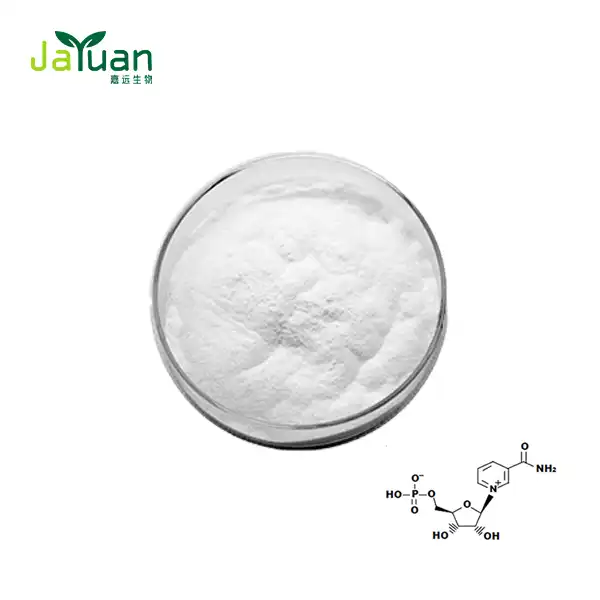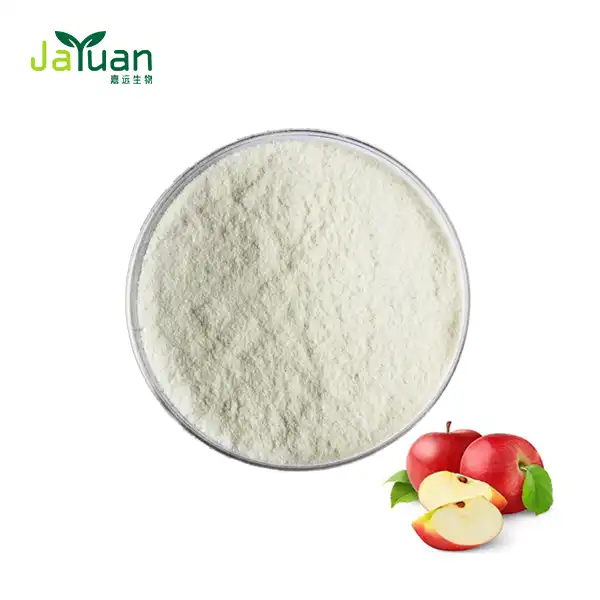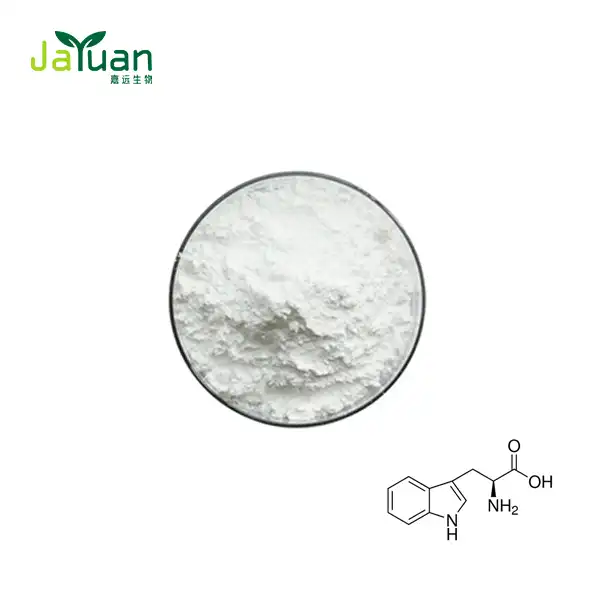Can capsaicin kill Cancer cells?
Capsaicin, the blazing compound liable for the zestiness in bean stew peppers, has been catching the consideration of analysts and wellbeing lovers the same. Yet, might this sharp particle at any point be something other than a culinary enjoyment? Late examinations propose that capsaicin could have expected in the battle against disease. In this article, we'll investigate the captivating connection among capsaicin and disease cells, diving into the science behind capsaicin powder and its conceivable restorative applications.

Capsaicin: The Spicy Powerhouse
Before we jump into capsaicin's potential malignant growth battling properties, we should pause for a minute to comprehend what capsaicin is and where it comes from. Capsaicin is the essential capsaicinoid found in bean stew peppers, having a place with the variety Capsicum. The compound gives peppers their trademark heat and is frequently separated and gathered into capsaicin powder for different purposes.
Capsaicin powder is a powerful type of this compound, frequently utilized in skin relief from discomfort creams, dietary enhancements, and, surprisingly, as a characteristic bug repellent. Its adaptability stretches out past these applications, however, as scientists keep on uncovering its potential medical advantages, remembering its conceivable job for malignant growth avoidance and therapy.
The force of capsaicin is estimated on the Scoville scale, with unadulterated capsaicin positioning at a dumbfounding 16 million Scoville Intensity Units (SHU). To place this into point of view, a jalapeño pepper normally gauges between 2,500 to 8,000 SHU. This strength is the very thing that makes capsaicin powder such a charming subject for logical examination, especially in the domain of malignant growth studies.
The Science Behind Capsaicin's Cancer-Fighting Potential
Presently, how about we address the consuming inquiry: Might capsaicin at any point really kill malignant growth cells? While it's critical to take note of that exploration is continuous and more investigations are required, introductory discoveries are promising. A few examinations have shown that capsaicin may without a doubt have hostile to disease properties, influencing different sorts of malignant growth cells in various ways.
One of the essential systems through which capsaicin is remembered to battle disease cells is by inciting apoptosis, or customized cell demise. In typical cells, apoptosis is a urgent cycle that keeps up with equilibrium and eliminate harmed or pointless cells. In any case, malignant growth cells frequently foster ways of keeping away from this normal "fall to pieces" component. Research recommends that capsaicin might have the option to set off apoptosis explicitly in disease cells, possibly easing back or halting cancer development.
For example, a review distributed in the diary "Anticancer Exploration" found that Capsaicin Powder prompted apoptosis in human little cell cellular breakdown in the lungs cells. One more concentrate in the "Diary of Clinical Oncology" announced that capsaicin showed guarantee in hindering the development of prostate disease cells.
Moreover, capsaicin has been seen to impede malignant growth cell digestion. Disease cells commonly have a higher metabolic rate than ordinary cells, requiring more energy to fuel their fast development. A few examinations propose that capsaicin might upset this cycle, basically "starving" malignant growth cells and hindering their multiplication.
It's quite significant that the convergence of unadulterated capsaicin utilized in these examinations is in many cases a lot higher than whatever you'd normally consume through diet alone. This is where capsaicin powder becomes possibly the most important factor, as it considers more controlled and moved dosages in research settings.

Potential Applications and Future Research
While the results of capsaicin studies are exciting, it's crucial to understand that most of this research has been conducted in laboratory settings using cell cultures or animal models. The leap from these studies to practical applications in human cancer treatment is significant and requires extensive further research.
However, the potential applications of Pure capsaicin in cancer treatment are diverse and promising. Some areas of ongoing research include:
- Combination therapies: Investigating how capsaicin might enhance the effectiveness of existing cancer treatments when used in combination.
- Targeted delivery systems: Developing methods to deliver capsaicin directly to cancer cells, potentially reducing side effects and increasing efficacy.
- Preventive measures: Exploring the potential of capsaicin as a preventive agent against certain types of cancer.
- Understanding mechanisms: Further elucidating the exact molecular pathways through which capsaicin affects cancer cells.
It's also important to note that while capsaicin shows promise, it's not a miracle cure. Cancer is a complex group of diseases, and what works for one type or stage of cancer may not be effective for others. Additionally, the body's response to capsaicin can vary among individuals, and high doses can cause side effects such as gastrointestinal discomfort or skin irritation.
As research progresses, we may see more refined applications of capsaicin powder in cancer treatment. For now, it remains an intriguing compound with potential that warrants further investigation.
Conclusion
Capsaicin's potential to kill cancer cells isn't yet confirmed. Preliminary research shows promise, with capsaicin exhibiting anti-cancer properties like inducing apoptosis and disrupting cancer cell metabolism in lab settings. However, more studies are needed to fully understand its role in cancer treatment and prevention. While it's too early to recommend capsaicin as a treatment, ongoing research is hopeful for innovative cancer-fighting strategies. For updates on plant-based compounds and their health benefits, including capsaicin powder and other extracts, contact us at sales@jayuanbio.com. Xi'an Jiayuan Bio-Tech is committed to high-quality plant extracts and advancing research in this field.
References
1. Bode, A. M., & Dong, Z. (2011). The two faces of capsaicin. Cancer Research, 71(8), 2809-2814.
2. Clark, R., & Lee, S. H. (2016). Anticancer properties of capsaicin against human cancer. Anticancer research, 36(3), 837-843.
3. Friedman, J. R., Nolan, N. A., Brown, K. C., Miles, S. L., Akers, A. T., Colclough, K. W., ... & Dasgupta, P. (2018). Anticancer activity of natural and synthetic capsaicin analogs. Journal of Pharmacology and Experimental Therapeutics, 364(3), 462-473.
4. Srinivasan, K. (2016). Biological activities of red pepper (Capsicum annuum) and its pungent principle capsaicin: a review. Critical reviews in food science and nutrition, 56(9), 1488-1500.
5. Venier, N. A., Colquhoun, A. J., Sasaki, H., Kiss, A., Sugar, L., Adomat, H., ... & Venkateswaran, V. (2015). Capsaicin: A novel radio-sensitizing agent for prostate cancer. The Prostate, 75(2), 113-125.

